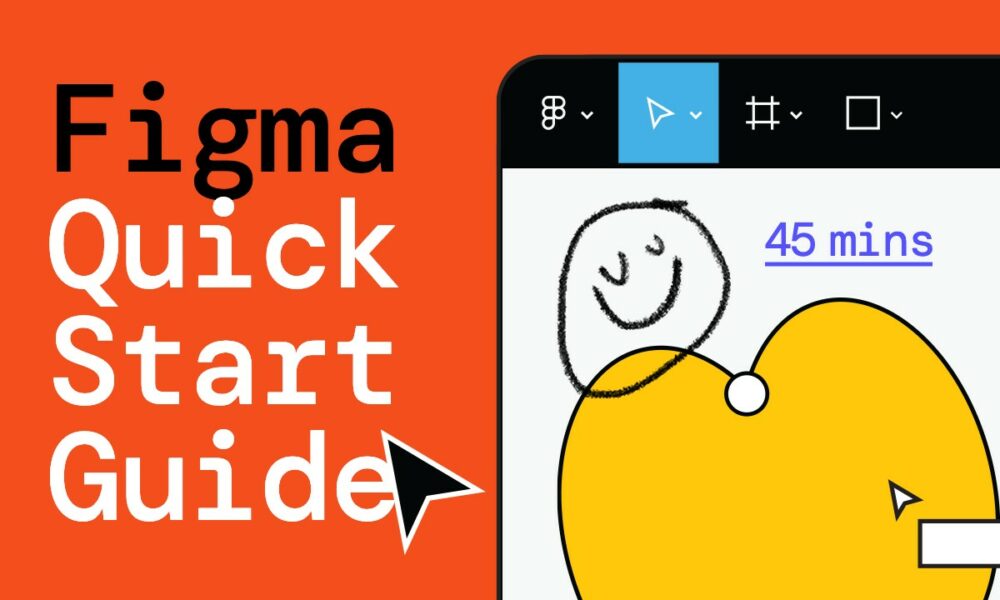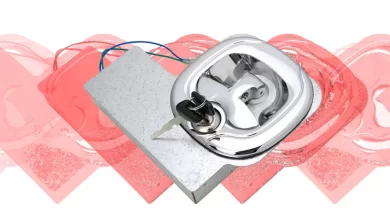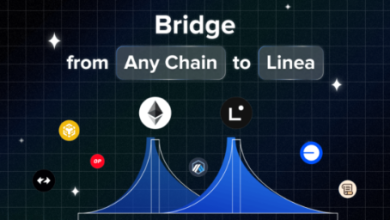Beginner's Guide to Learning Figma Online: Where to Start

Figma is a potent design tool that has swiftly risen to the top of the UI/UX design field. Figma is a useful tool for designers of all experience levels to have in their toolbox. We’ll go over some essential stages in this blog post to assist you in learning Figma as a novice.
Learn How to Use the Interface of Figma
Getting acquainted with Figma’s interface is the first step towards learning it. Although Figma’s UI is simple to use and straightforward, it may take some getting accustomed to.
Take some time to explore the various menus and panels, and see how they interact with one another. To gain a better understanding of how Figma functions, you may also have a peek at some of the pre-made designs and templates.
Acquire Knowledge of the Fundamental Tools
After you’ve become comfortable with the interface, it’s time to master the fundamental tools. Although Figma has a large toolkit, all you need to know to get started are a few fundamental ones. These consist of the text tool, pen tool, shape tool, and selection tool. Take some time to experiment and become familiar with these tools.
Practice Creating Simple Layouts
The following action is to practice creating simple layouts. Start with something basic, such as a login screen or landing page. When creating the layout, use the fundamental skills you’ve learned and pay attention to small elements like typography, spacing, and alignment.
You can start by using one of the many templates available in Figma, but it’s also a good idea to try creating something from scratch.
Play Around with Prototyping
Design processes must include prototyping, and Figma makes it simple to produce interactive prototypes. Try out various animations and interactions while you create prototypes for your projects. Don’t be scared to try new things—Figma’s prototyping tools are user-friendly and straightforward to use.
Participate in the Figma Community
Getting involved in the Figma community is one of the greatest ways to learn Figma. Numerous online tools, guides, and discussion boards are available for you to interact with other designers and gain knowledge from their experiences.
You can get access to templates, design materials, and other resources that will help you further your career by becoming a member of the Figma community. Figma’s ability to facilitate real-time collaboration on a single file is another significant benefit.
If designers wish to share their work created with traditional “offline” tools such as Sketch and Illustrator, they usually have to export it to an image file and then transmit it by email or instant messaging.
Rather than exporting still photographs from Figma, we can just send clients and colleagues a link to the Figma file, which they can examine in their web browsers. This alone can expedite a designer’s process and save a significant amount of time.
More significantly, though, it allows clients and coworkers to engage with the work more deeply and examine the most recent version of the file.
Create An Account on Figma.
It’s easy to get started with Figma. Just visit www.figma.com, select “Get started,” fill out your information, and finish a short verification task. After you complete that, Figma will lead you to a screen containing a few additional onboarding questions before launching a project file that has some samples of what you can produce using the tool.
Continue Learning and Practicing Figma
Ultimately, continuing to study and practice is the key to becoming an expert in Figma. Figma is always changing, with new tools and features being released on a regular basis. Remain current with the most recent advancements and continue honing your design abilities.
To sum up, if you’re just starting out with Figma, you’ll need to familiarize yourself with the interface, understand the fundamental tools, practice creating simple layouts, try out prototyping, connect with the Figma community, and never stop learning and improving. These steps will help you quickly become proficient with Figma.
Explore the Figma User Interface
The Figma interface has a simple appearance and feel, yet it conceals a number of useful capabilities. The major sections of the interface (identified above) are explained as follows.
Launch a Fresh Design File
Now that you’re familiar with the layout, let’s get started creating! To begin a new project, click the Menu button (the Figma logo) in the upper left corner, choose File, and then choose “New design file.” When you do this, your browser should automatically open a new tab and generate a new file with an empty canvas.
Conclusion
We hope this overview aids in helping you select the ideal Figma design system, as we have an endless supply of inventive kits and systems at our disposal. After all, each designer has distinct skills and is at a different stage of their journey!
UI Figma Design System and online Figma courses are always ready for you if you want to advance your abilities a bit further.
The sheer number of distinctive kits and design systems available attests to the greatness of Figma and its user base. What’s not to love about this passionate worldwide community that collaborates to produce tools that make design better for everyone?





